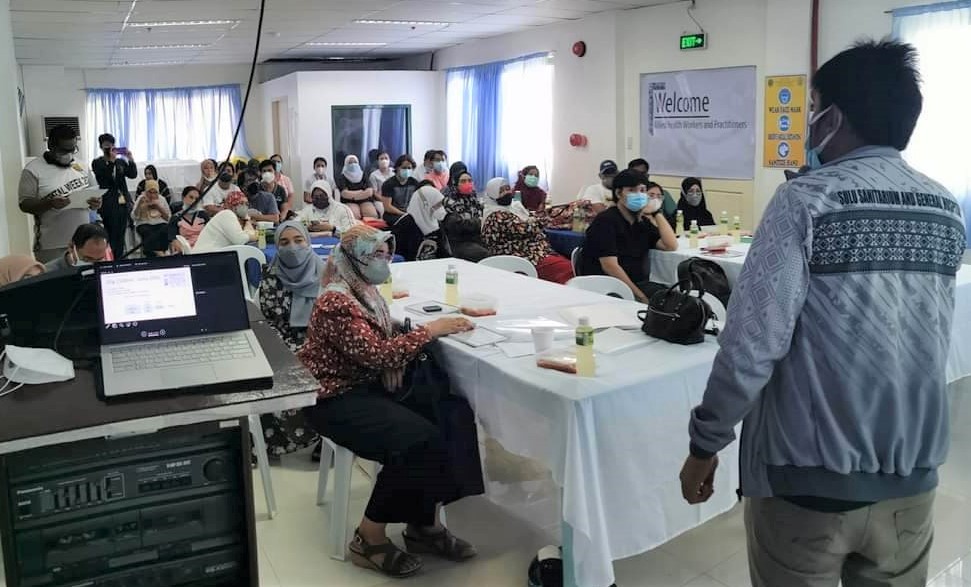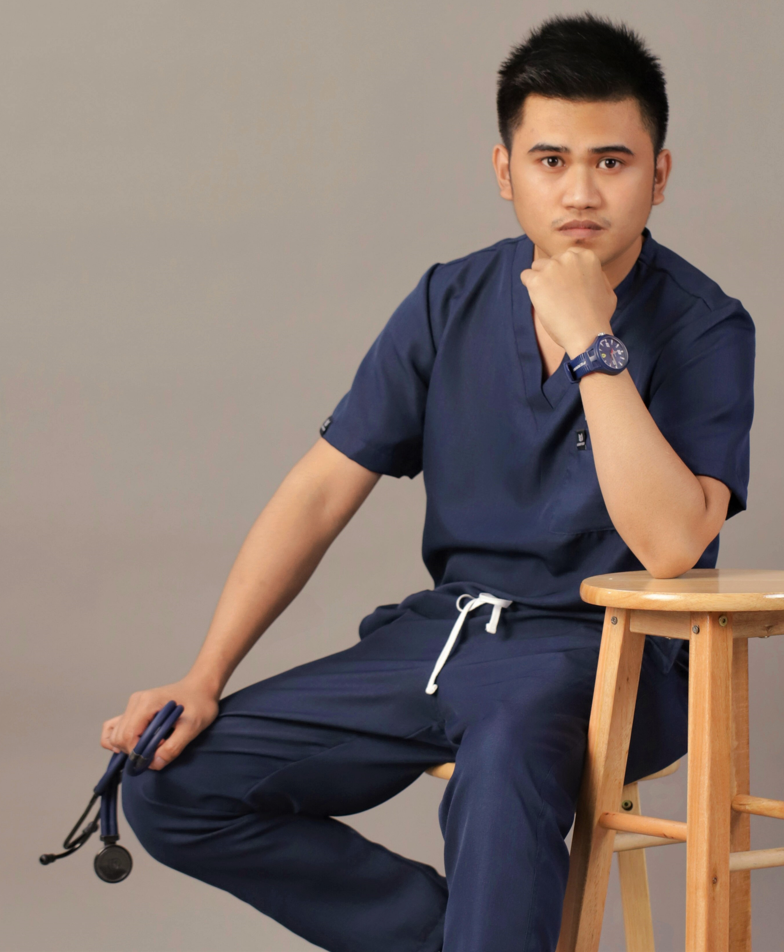By Henrylito D. Tacio
Hypertension – or high blood pressure – remains to be a health burden in the Philippines as only 27% of those with the condition have controlled their hypertension. The remaining 73% are courting for trouble as uncontrolled hypertension predisposes them to future cardiovascular consequences such as heart failure, stroke, and heart attack.
“Hypertension per se does not kill, but the complications are the ones that disable and kill a hypertensive,” says Dr. Rafael R. Castillo, a well-known cardiologist at the Manila Doctors’ Hospital.
The Geneva-based World Health Organization (WHO) says an estimated 1.13 billion people worldwide have hypertension, most (two-thirds) of whom live in low- and middle-income countries. The number is expected to increase to 1.56 billion by 2025.
It all starts with blood pressure (BP), which is defined as the pressure of blood pushing against the walls of your arteries (responsible for carrying blood from your heart to other parts of your body).
Blood pressure normally rises and falls throughout the day. It is measured using two numbers. The first number, called systolic BP, measures the pressure in your arteries when your heart beats. The second number, called diastolic BP, measures the pressure in your arteries when your heart rests between beats.
Dr. Meccar Moniem H. Elino, who works at Department of Health for Health Development Zamboanga Peninsula, said a BP reading of 120/80 mm Hg (millimeters of mercury) is within the normal range. “If your results fall into this category, stick with your heart-healthy habits.”
But if the BP reading is 120-129/80 mm Hg, then it is considered an elevated blood pressure, according to the American College of Cardiology and American Heart Association (ACC/AHA). If a person has a BP reading of 130-139/80-89 mm Hg, then he has hypertension stage 1.
“Hypertension is blood pressure that is higher than normal,” explained the US Centers for Disease Control and Prevention (CDC). “Having blood pressure measures consistently above normal may result in a diagnosis of high blood pressure or hypertension.”
In the Philippine setting, the Philippine Clinical Practice Guidelines (Phil CPG) considers the above categories as borderline yet.
Hypertension stage 2, as per ACC/AHA, happens when the BP readings consistently range from 140-159/90-99 mm Hg or more than 160 over more than 100 mm Hg (>160/>100). Both of these categories are classified by Phil CPG as hypertension or alta presyon.
A BP reading that is more than 180 over more than 120 mm Hg (>180/>120) is classified as hypertensive crisis. Here, the person experiences chest pain, shortness of breath, back pain, numbness/weakness, and change in vision or difficulty speaking.
When that happens, it’s already a medical emergency. “Don’t wait for the blood pressure to come down. Bring the patient immediately to a nearby hospital,” urged Dr. Elino, who is also a former internal medicine physician at the Southern Philippines Medical Center in Davao City.
A person knows only if he or she has hypertension if the BP reading is accurate. Dr. Elino suggested that before the measurement is started, the patient must be placed in a quiet room. “No talking by patient or observer,” he said, adding that patients should have not smoked, drank coffee, tea or cola, and done exercise 30 minutes before the measurement. He must also empty his bladder.
Pundits say the way you sit and the way you hold your arm can affect your measurement. Your blood pressure is different when you’re standing versus lying down. The correct position is seated in a chair with your back flat and your feet flat on the floor, Dr. Elino said.
The left arm is the best to take your blood pressure if you are right-handed. Rest in a chair next to a table for 5 to 10 minutes. The left arm should rest comfortably at heart level; it should not be hanging in the air.
A blood pressure reading is taken with a pressure cuff. “Use the correct cuff size, such that the bladder encircles 80% of the arm,” Dr. Elino said, adding that the cuff should fit right. If it’s too loose, you could get false low blood pressure readings; if it is too tight, your reading might be inaccurately higher.
Validated electronic devices may be used for BP measurement. But for auscultatory readings, he suggested either the stethoscope diaphragm or bell. “Use a palpated radial pulse obliteration pressure to estimate systolic blood pressure, then inflate the cuff 20-30 mm Hg above this level for auscultatory determination of BP level,” Dr. Elino instructed. “Deflate the cuff pressure 2 mm Hg per second, and listen for Korotkoff sounds.”
Korotkoff sounds – named after Nikolai Korotkov, a Russian physician who discovered them in 1905 – vary in quality from tapping, swooshing, muffled sounds, and silence. The pressure at which the first Korotkoff sound is noted signifies the systolic pressure, while the pressure at which the Korotkoff sounds are no longer heard marks the diastolic pressure.
According to Dr. Elino, the health worker taking the measurement should record BP in both arms during the first visit. “Use the arm that gives the higher reading for subsequent readings,” he said. “Separate repeated measurements by one to two minutes. Use an average of more than two readings obtained on more than two occasions.”
During his lecture, Dr. Elino also identified the risk factors for hypertension. These are: dietary salt intake, lack of physical activity, weight gain and obesity, smoking and alcohol consumption, and acculturation and chronic stress.
Other risk factors include dyslipidemia (imbalance of lipids) and diabetes, sleep-disordered breathing, family history of hypertension, old age, and ethnicity.
During a lecture, Dr. Elino suggested seven evidence-based points: weight loss, physical activity, sodium restriction, stress reduction, limit alcohol intake, tobacco cessation, and DASH (dietary approach to stop hypertension).
Weight loss: Maintain a normal body mass index (BMI) of 18.5 to 24.9 kg/m2 (kg is a person’s weight in kilograms and m2 is their height in meters squared). If a person loses 10 kilograms, his BP goes down by 5-20 mm Hg.
Physical activity: Engage in regular physical activity (example: brisk walking) more than 30 minutes per day on most days. Doing so will lower his BP by 4-9 mm Hg.
Sodium restriction: Reduce dietary sodium intake to maximum 100 mmol per day. That’s about 2.4 grams of sodium or 6 grams of salt. The BP goes down by 2-8 mm Hg.
Stress reduction: Practice a stress-reduction modality such as meditation. BP reduction: 5 mm Hg.
Limit alcohol intake: Restrict daily consumption of alcoholic drinks to a maximum of one drink for women and two drinks for men. BP reduction: 2-4 mm Hg.
Tobacco cessation: Incorporate cessation modality of choice. BP reduction: 2-4 (after one week of cessation).
DASH eating plan: Eat a diet rich in fruits, vegetables, and low-fat (reduced saturated and total fat) dairy products. BP reduction: 8-14 mm Hg.
“For most people, medication is a major part of the plan to lower their blood pressure,” wrote Beth Roybal for webMD.com. “These drugs, also called ‘anti-hypertensive’ medicine, won’t cure high blood pressure. But they can help bring it back down to a normal range.”
Be sure to talk with your doctor on what kind of anti-hypertensive medicine you should take. – ###


Sources:








